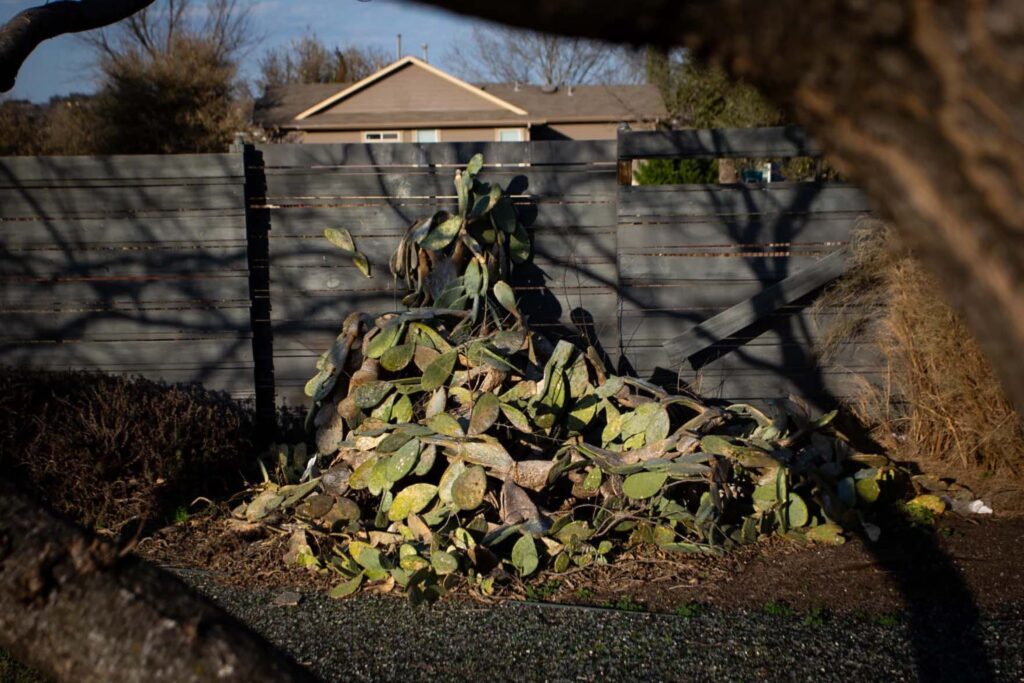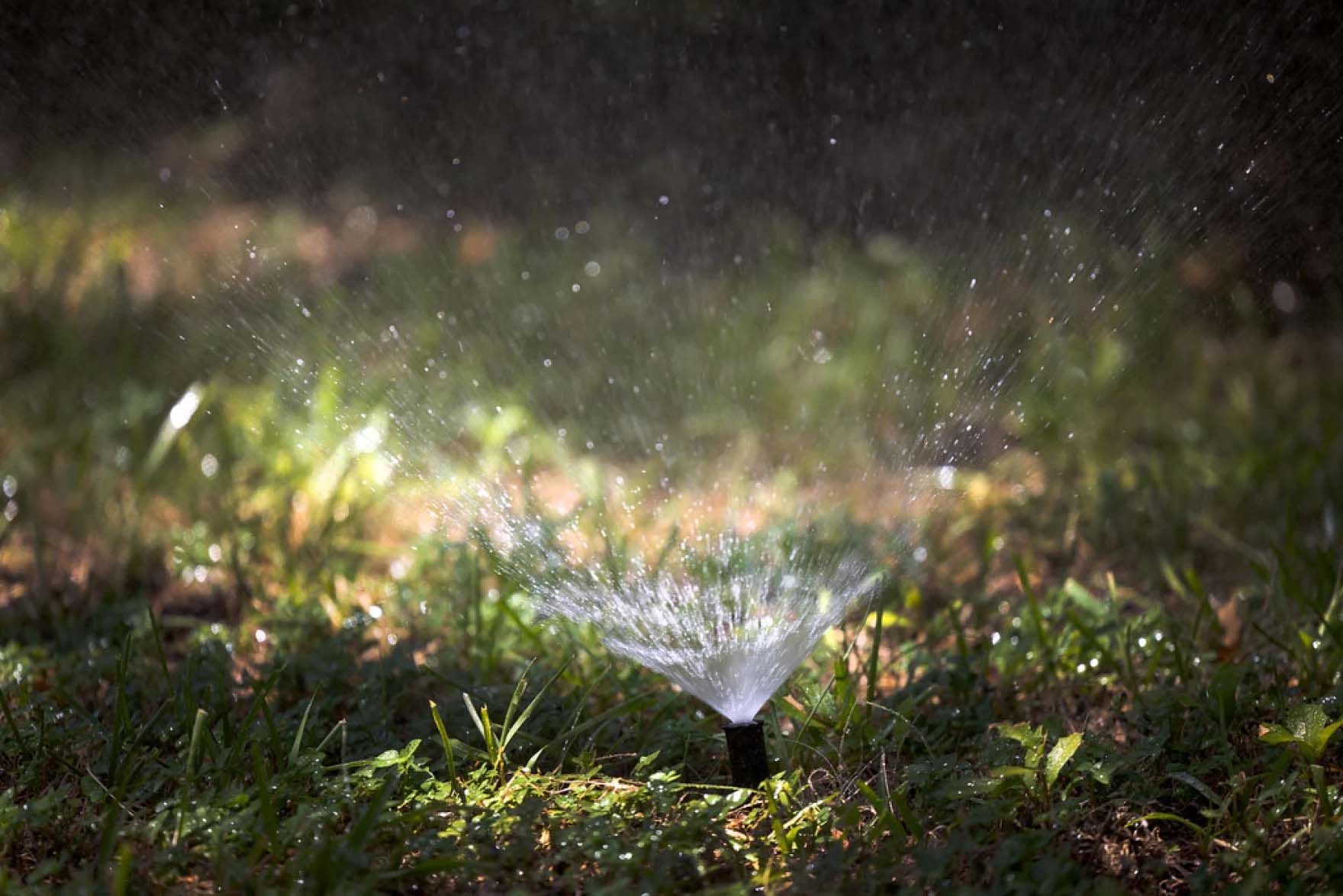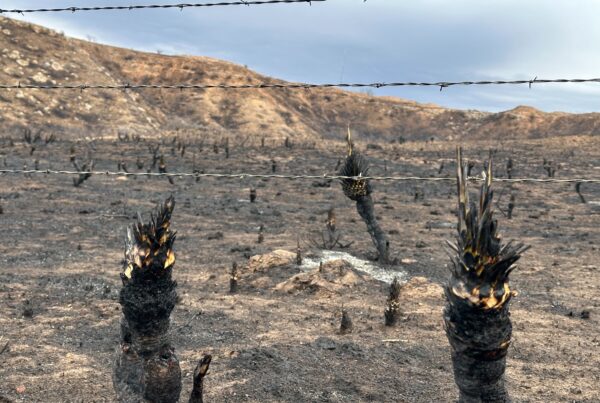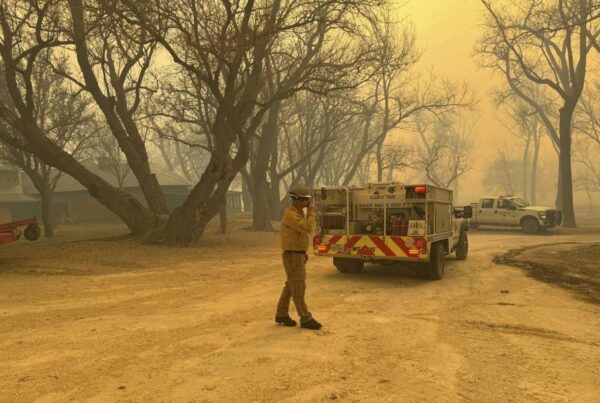From KUT:
Spring is practically upon us, meaning it’s just about time to clear out the flowerbeds and start planning the year’s garden. But with increasingly unpredictable rainfall and extended droughts, it may be worth considering plants with lower water needs — especially since Austin has been in Stage 2 drought since August.
That doesn’t necessarily have to mean planting a bunch of cacti and other succulents among rocks and gravel, though. While they do require less water, they aren’t the best fit for Central Texas’ climate, according to Daphne Richards, Travis County’s horticulture extension agent at Texas A&M AgriLife.
“When I first came back to Austin about a decade ago, people wanted to plant desert plants, which are great in the desert with lack of water,” Richards said. “But then that cold — if we get a cold winter, which we often do — a cold, wet winter, then those plants struggle.”
During the 2021 winter storm, many of the agaves and prickly pears sustained major damage when the water stored in their fleshy leaves froze solid and burst, causing the plants to collapse.

Prickly pear cactus around Central Texas were damaged during a winter storm in 2021.
Gabriel C. Pérez / KUT News
So, if not a cactus, what plants can you use to reduce water usage? A good starting point is native and adapted plants – like the ones in this guide from Agrilife and the City of Austin. Native plants are plants that originally grew in the area, while adapted plants aren’t from here, but are suited to the local climate without being invasive.
Richards said it’s important not to take a one-size-fits-all approach when choosing plants. What works in one person’s yard might not work on the other side of the county.
“Even if you’ve got a plant that’s native, maybe different areas of your community have different soil types,” she said. “In Austin, for example, we’ve got the Edwards Plateau, which is very rocky, and then we’ve got other regions that have a lot of clay in their soil. So depending on where you are, you still are going to have to pay attention to what you plant.”
But that’s just the plants. The biggest drain on water is a green lawn. Jenna Walker, director of watershed services at Texas State University’s Meadows Center for Water and the Environment, says it’s time to move away from the unsustainable practice of maintaining perfectly verdant grass.
“About half of municipal water right now is used for irrigation and for people’s lawns,” she said. “And with our extreme drought that our entire region has been in, it’s unwise for us to be using that on things that are not necessary for our survival and the greater good of our community and our economy.”
Not only is maintaining green turf a poor use of water resources, it’s also just not good for the environment. Lawns are a monoculture, and they don’t support wildlife and the microorganismsthat make up a healthy ecosystem. Then, there’s the issue of runoff. Chemicals and fertilizers used to keep lawns green eventually wash into waterways.
That “can lead to algal blooms and some serious health conditions for dogs or, you know, people that are swimming in the water,” Walker said. “We’ve heard of this blue green algae issue in the Austin area over the past couple of years, and nutrient levels [in the water] are really driving those types of algal blooms.”
Walker isn’t saying go dig up your lawn right now. She said she understands the appeal and that turf can be incorporated into yards in a more sustainable way. She recommends letting turf go “summer blonde” – that is, letting it dry out and get a little brown when temperatures rise and rainfall is less frequent. Also, she said people should reconsider where and how much turf they use in their yards.
“My encouragement would be to identify a smaller area within your lawn to maintain,” she said. “Maybe you look for a more drought-tolerant type of turf that you could convert to eventually.“
Walker says the main thing to remember is that the water we use for our yards has to come from somewhere; all our water systems are interconnected. Each gallon you use on your lawn is one less gallon available for the state’s beloved rivers, lakes and swimming holes.
“It’s really going to take everybody to get on board to make sure we protect these really sacred and important places and springs for the future,” she said, “not only for the next generation, but thinking 100 years from now and beyond.”














